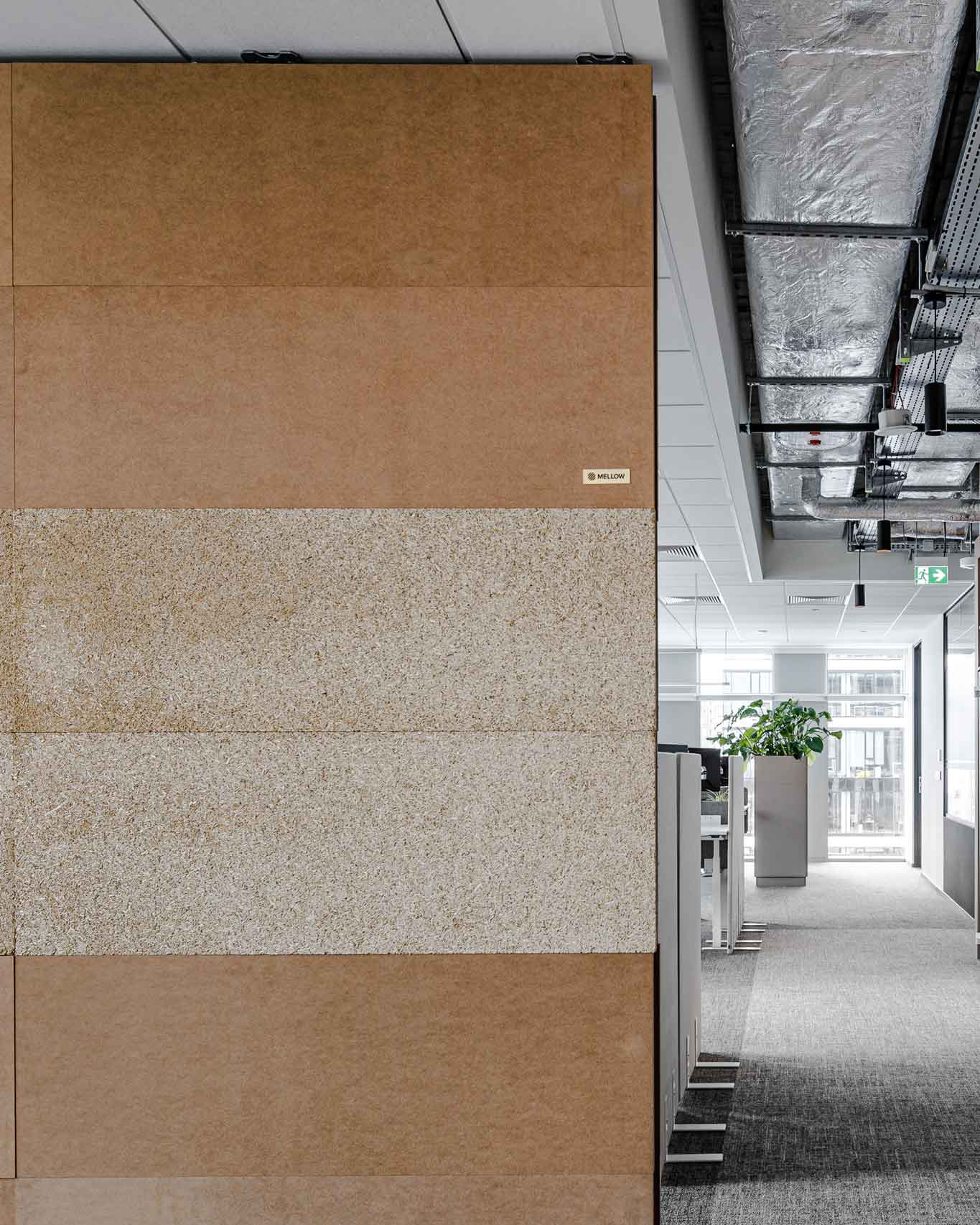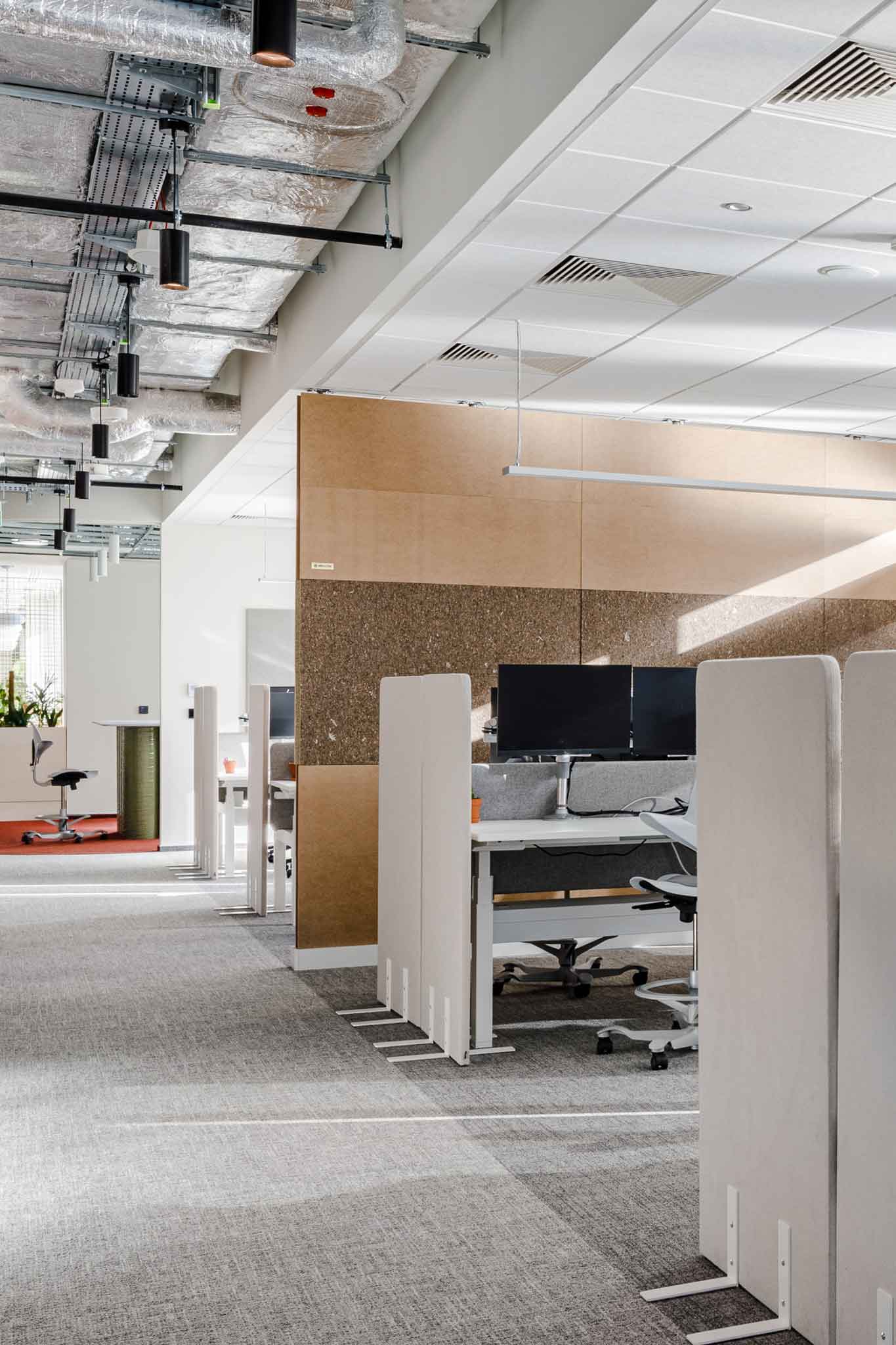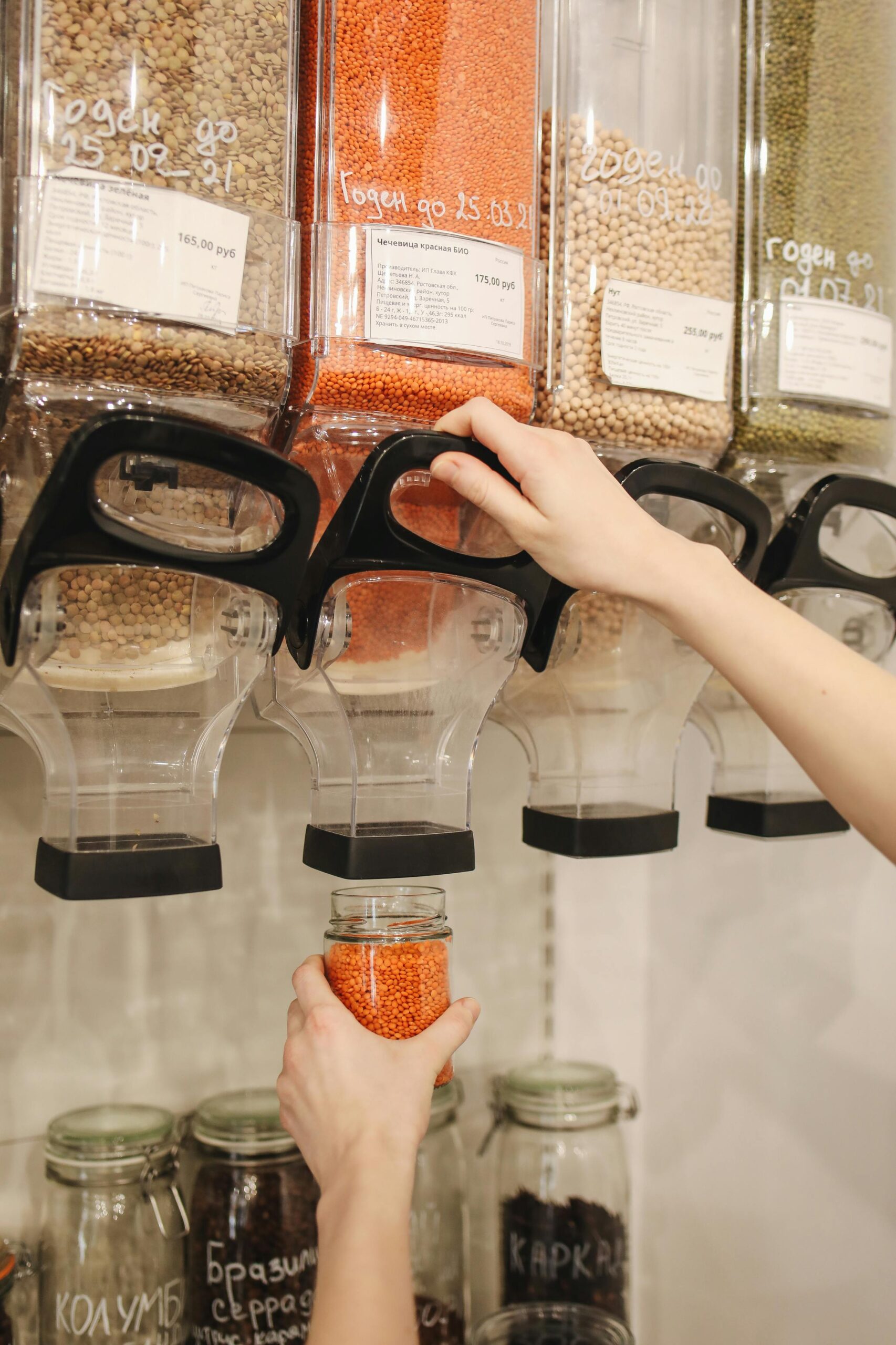
More Than Merchandise: How Experiential Retail is Shaping the New Shopper Journey
Author: Ida Arnegärd
Experiential retail is truly transforming the way we think about shopping, making it less about transactions and much more about memorable, impactful experiences. In spaces like shopping malls, airports, and retail stores, creating unique environments that engage and inspire visitors is the new way forward. Shoppers today want more than just products—instead, they crave spaces that invite them to explore, connect, and immerse themselves in something special.
Why Experiential Retail?
The shift toward experiential retail, first and foremost, is a direct response to evolving consumer expectations. In a world dominated by instant online shopping, physical spaces must stand out if they want to stay relevant. Experiential retail gives people a reason to visit, offering something that can’t be replicated online: a sensory, interactive experience. This approach goes beyond shelves of products, turning stores into destinations where shoppers can enjoy themselves and make lasting memories.
For example, imagine a pop-up event within a mall, a brand activation at an airport, or an interactive product launch in a retail store. Each of these experiences draws in people by providing something unique and exciting. When brands focus on creating engaging experiences, they foster stronger connections with customers, who are more likely to remember—and, more importantly, to return to—them.
Enhanced Engagement and Brand Loyalty
One of the biggest advantages of experiential retail, without a doubt, is its power to boost engagement and build loyalty. By offering hands-on activities, immersive displays, or even live events, brands can captivate customers and draw them into a deeper relationship. When shoppers become part of a unique experience, they’re far more likely to feel a positive emotional connection to the brand.
For example, a beauty store might host a makeover event where customers can try new products with expert guidance, or a sports retailer might create a mini-experience where visitors test out equipment in a real-world simulation. These experiences make people feel valued, which naturally strengthens brand loyalty and leaves a lasting impression.
Creating Convenience and Flexibility for Today’s Shoppers
With experiential retail, convenience and flexibility are just as important as creativity. Today’s shoppers want experiences that feel intuitive and easy, fitting into their schedules without hassle. For busy environments like airports or shopping centers, this means creating spaces that can serve multiple purposes, adapting seamlessly as needs change.
For instance, a mall could set up a comfortable lounge area for shoppers to relax and recharge between stores, or an airport might create themed zones with interactive displays that offer both information and entertainment. Flexible spaces allow commercial areas to evolve as necessary, delivering new experiences that keep customers engaged and make them feel at ease.
Aesthetic Appeal That Draws People In
The look and feel of a space also play a huge role in attracting people to experiential retail. From stunning window displays to cozy seating areas, aesthetics absolutely matter. Shoppers want to spend time in places that feel inviting, well-designed, and visually appealing.
When spaces are thoughtfully designed, they encourage customers to linger and explore. For example, an airport could use an art installation to guide travelers from one section to another, creating an eye-catching experience that also adds to the atmosphere. Or a retail shop might use lighting, colors, and textures to make product displays pop, drawing people in for a closer look. Beautiful spaces enhance the entire shopping experience, making people want to come back.
The Power of Space Dividers in Experiential Retail
While experiential retail centers on creativity and engagement, space dividers are an essential tool in helping brands achieve flexible, visually appealing layouts without the high cost of renovations. Space dividers allow brands to create unique, separated areas within a larger environment, giving each section its own distinct vibe.
For commercial spaces like malls, airports, and busy retail stores, dividers provide a way to refresh layouts frequently, making it easy to design temporary zones for product demos, seasonal promotions, or private lounges. They can be set up quickly, are durable for high-traffic areas, and come in styles that blend seamlessly with any aesthetic.
Not only do these dividers offer full design flexibility, but they also make it affordable to keep spaces looking fresh and engaging. With space dividers, experiential retail can adapt to trends, events, and customer needs, adding to the overall experience in a way that’s both practical and visually appealing.
Create a Memorable Journey for Your Shoppers
As retail continues to evolve, it’s clear that experiences are the future. By creating immersive, engaging, and flexible spaces, brands can connect with their audience in meaningful ways, making shopping a memorable journey rather than just a routine task.
Ready to take your space to the next level? Consider incorporating adaptable solutions like space dividers to give your customers the experience they crave—an experience that will bring them back time and again.
subscribe to our newsletter!

Latest ArtiCles


building better with adaptable partition walls

6 Responses
This is exactly the kind of information I was hoping to find.
hi!
we’re glad we could provide you with useful content. feel free to look around our other blog posts for more insightful content.
Ida, team mellow designs
Outstanding post! The research quality and clarity blew me away. The way you’ve structured each point shows your deep understanding of the topic. I’ve learned so much from your expert insights.
hello!
thank you so much! we’re so glad you were able to learn from our blog post.
Ida, team mellow designs
It’s really a nice and helpful piece of info. I’m glad that you just shared this useful information with us. Please keep us up to date like this. Thank you for sharing.
hi!
thank you for your comment! your feedback is very important to us. we’ll keep making good content for you to enjoy in the future.
Ida, team mellow designs